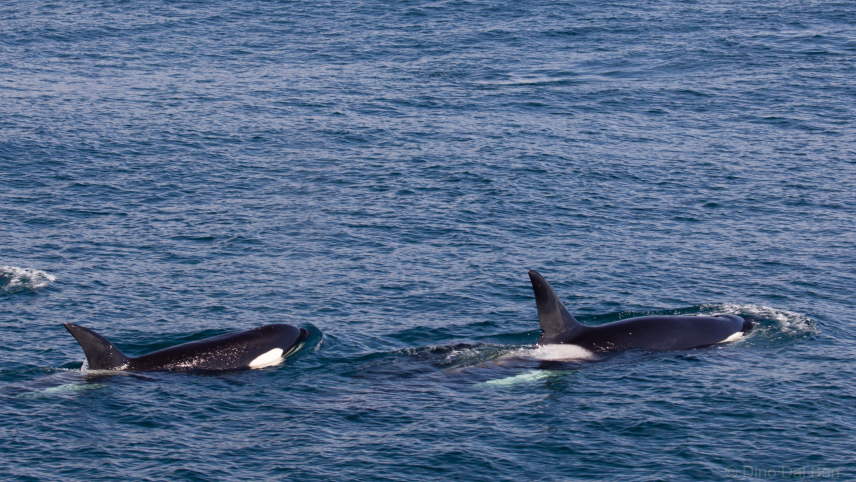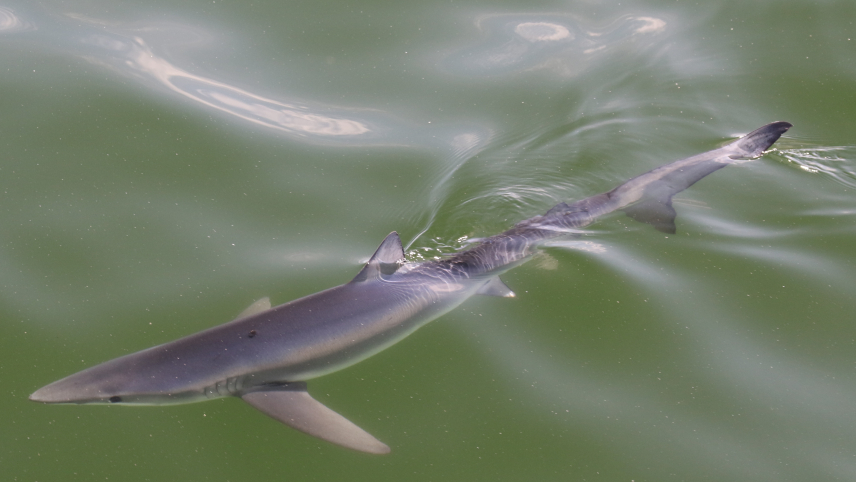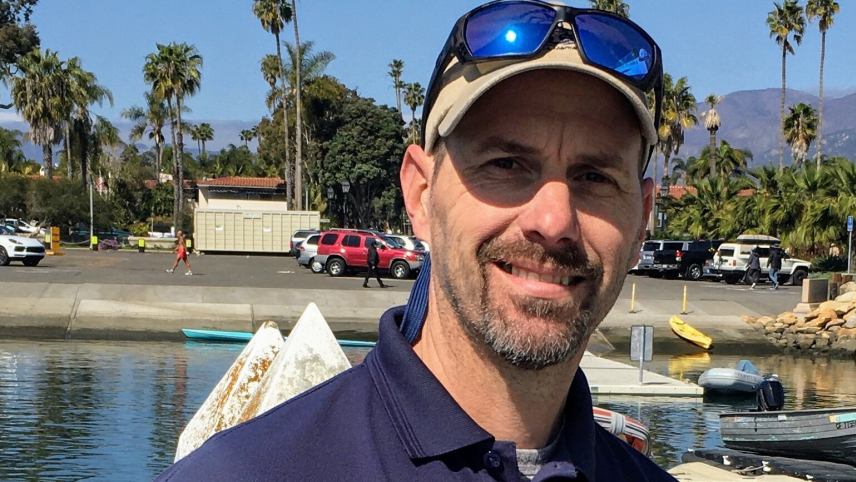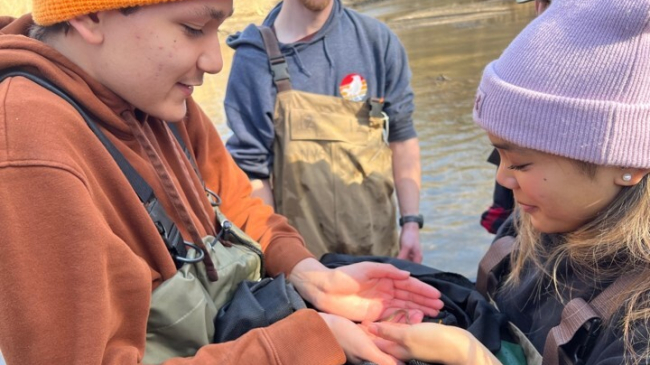The ocean is changing, and citizen scientists are rising to the challenge by helping us understand and protect this resource. This World Ocean Day offsite link, we highlight and thank some of the amazing citizen science volunteers who help us monitor and learn more about the dynamic ocean. Whether they are observing phytoplankton, measuring the shape of beaches, or monitoring seabird habits, these volunteers provide valuable information that helps NOAA effectively conserve and manage coastal and marine ecosystems and resources.
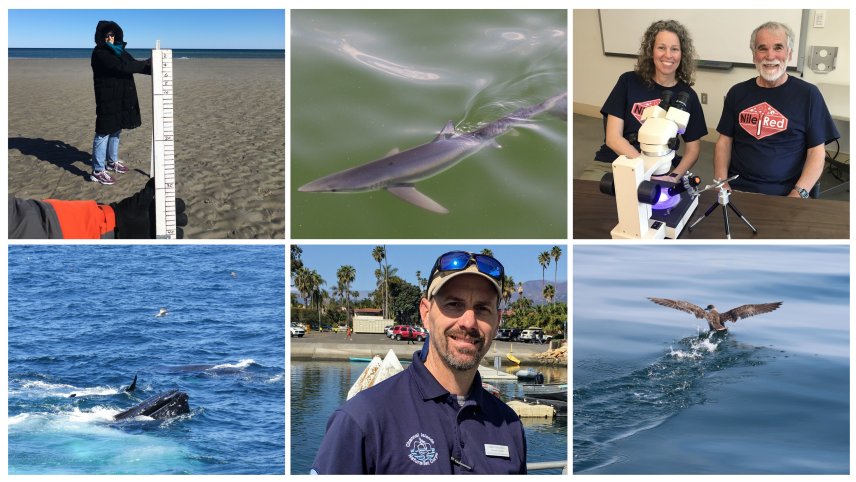
Tracking shifting shorelines
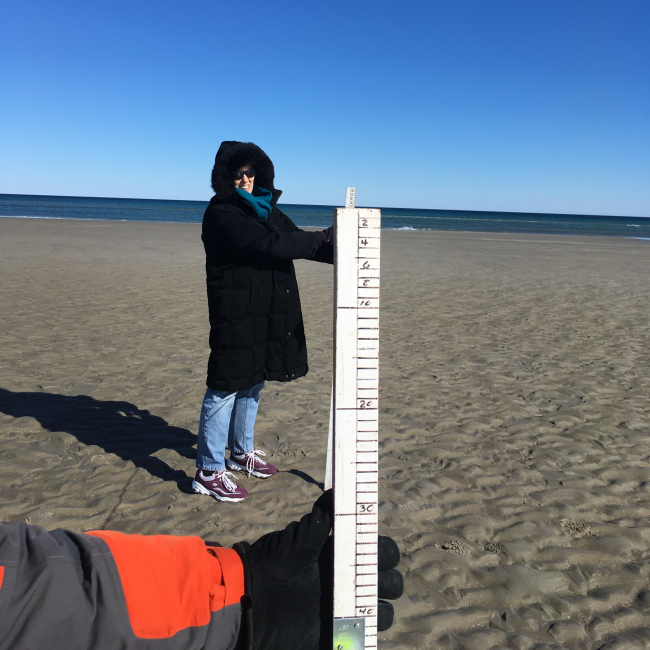
Volunteers: John Lillibridge and Linda Stathoplos
John Lillibridge, a former NOAA scientist, volunteers with the Southern Maine Beach Profiling Project. This project involves measuring the slope and shape of sandy beaches to monitor how they change over time in response to factors like erosion and coastal development. John’s passion for data analysis has made him an enormous asset to the project. In addition to monitoring beaches, he recently reviewed 23 years of historic data to locate and fix common errors. His contributions have helped give a more accurate picture of how Maine’s beaches have changed over time.
Why do you participate in this project?
I was a NOAA scientist for over 25 years, first as a geodesist and then as a physical oceanographer, measuring sea level rise from satellites via radar altimetry. When I retired at the end of 2016, I was looking for a volunteer opportunity that would continue to engage my interest in the natural world (as well as my love of data collection and processing) via monitoring the ocean. Although I’m not a geologist, measuring changes in the shape of the beaches near my new home in southern Maine checked all those boxes!
What has been the highlight of your work as a citizen scientist?
As a volunteer beach profiler, I’m part of a team of three or four people that measure a specific beach transect (in our case, where the Ogunquit River meets the sea). There are dozens of volunteer profiling teams that measure more than 70 such beach transects on the coast of Maine. It is satisfying to be monitoring the shape of the beach once per month. But for me, the highlight was actually digging into the database of measurements that all these teams have made. There are more than 7,000 profiles that have been taken over a nearly 25 year span, starting in 1999.
Has your participation affected you? How have you benefited from being involved?
The monthly surveys have impacted me personally by forcing me to get outside no matter what the weather, all year-round. But the true benefit in cleaning up the database is for anyone that wants to analyze the measurements to look at long-term trends in the shape of a given beach. What I observed was that several types of ‘blunders’ had been made, particularly in the early years of the program. These were usually easy to detect and fix, thereby substantially improving the accuracy of the database as a whole.
I want to acknowledge two co-founders of the program: Dr. Stephen Dickson, at the Maine Geological Survey, and Dr. Kristen Grant, at the University of Maine & NOAA Sea Grant. I would also like to acknowledge the encouragement and support received from two researchers at the Maine Geological Survey, Pete Slovinsky and Christian Halsted (who facilitated the clean-up of the profiling database) and Brian Determan, our beach profiling volunteer coordinator at the Wells National Estuarine Research Reserve.

Sighting seabirds
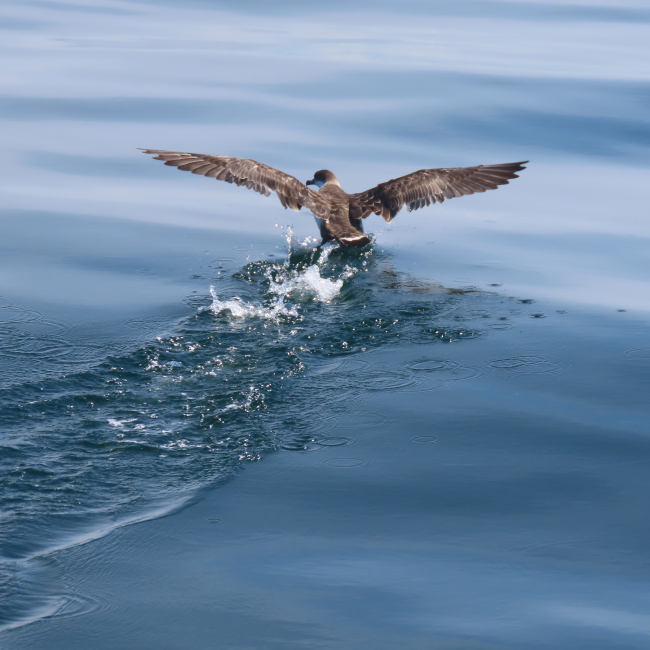
Volunteer: Mary Jo Foti
Mary Jo Foti is a long-term volunteer for the S4 (Stellwagen Sanctuary Seabird Stewards) Program at the Stellwagen Bank National Marine Sanctuary. The S4 Program collects baseline data on seabird species in and around the sanctuary with highly trained recorder and observer volunteer teams. Mary Jo began volunteering in 2013 and will celebrate her 10th anniversary this year! She has collected seabird data onboard countless research cruises and whale watching trips. She has taken on leadership roles in coordinating whale watch trips, building connections with both whale watch companies and other volunteers. She also asks engaging questions and fosters a positive learning environment, which is especially important when working with new volunteers.
Why do you participate in this project?
I was invited to volunteer as a data recorder working with a skilled observer to record bird species seen on Stellwagen Bank while observing from a whale watch boat. The whale watch companies allowed the teams access all along the coast, from Gloucester to P-town [Provincetown, Massachusetts]. Although I was a novice birder, recording data reported by a highly skilled birder was well within my skill set.
What has been the highlight of your work as a citizen scientist?
The highlight of my work as a citizen scientist was the opportunity to volunteer in a spectacular setting. I knew little about national marine sanctuaries before participating in the S4 program but have learned much about the tremendous research conducted in these “underwater parks." I was afforded the unique opportunity to contribute to research on annual fluctuations in shearwater populations in 2017 when great shearwaters arrived in epic numbers.
Has your participation affected you? How have you benefited from being involved?
I have benefited tremendously from my participation in the S4 program. I have worked with experienced, highly skilled observers who shared their expertise that helped improve my own bird identification skills. I also enjoyed working with whale watch crews who were always welcoming and gracious towards the S4 teams. Working with the outstanding volunteer coordinators Anne-Marie Runfola and Caitlin Fitzmaurice has been a pleasure. They have made my involvement in this program an opportunity I was happy to have come my way. I’ve also learned much about the many species that thrive within this critical habitat. The protection of these vital coastal waterways will hopefully bring greater protection and sustainability for the marine life that relies on these waters.
There are a host of conservation programs and agencies involved in research, oversight, and policy decisions for Stellwagen Bank as well as all our national marine sanctuaries. Hopefully, this interconnectedness will drive policy decisions that will result in greater protection of these unique and critical habitats. If the data shared by the citizen scientists participating in the S4 program has contributed even on a small scale, then the hours spent collecting data have been well worth it.
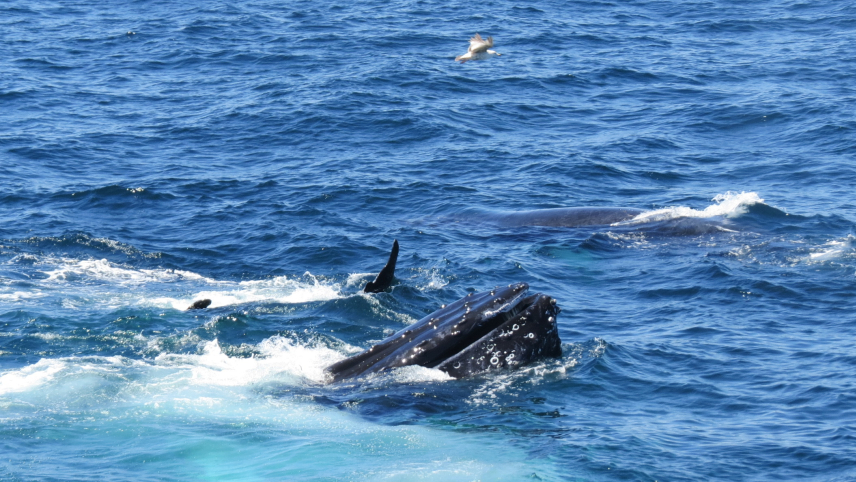
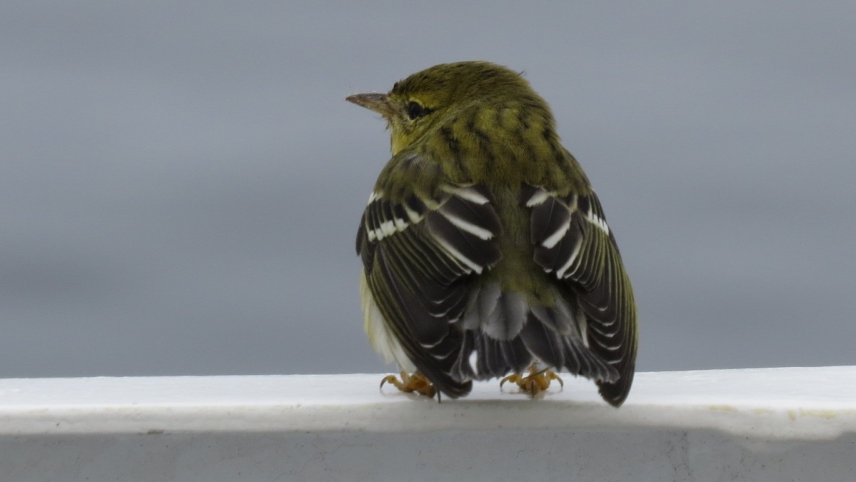
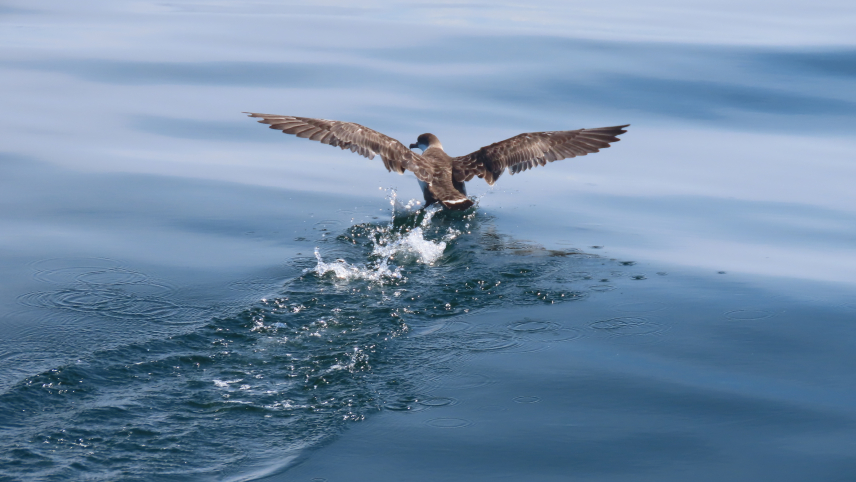
Microscopic monitoring
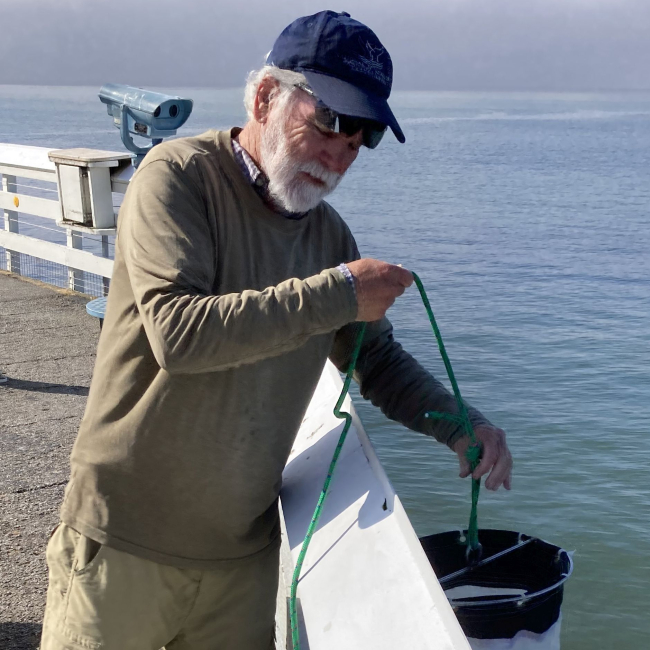
Volunteer: Clive R. Bagshaw
Clive Bagshaw is a biochemist who spent more than 40 years doing laboratory research on proteins and fluorescence microscopy in the United Kingdom. He retired to Santa Cruz, California, in 2010, where he started volunteering with the Monterey Bay National Marine Sanctuary and Phytoplankton Monitoring Network in 2018. In the process of collecting and analyzing plankton samples, he has continued to innovate and educate — instructing students and other community scientists on microscopy at Cabrillo College, developing a technique for detecting microplastics, and doing community outreach about the incredible natural history of Monterey Bay.
Why do you participate in this project?
My initial reason for joining the network was that it combined my interest in the natural history of the Monterey Bay with light microscopy, a technique that I had been using for many years, but only for lab-based projects. I was amazed by the diversity of microscopic life in the ocean. An unexpected bonus was meeting other volunteers and students who brought a wide variety of skills to the program. I am heartened by my interactions with next-generation scientists who are so environmentally aware.
What has been the highlight of your work as a citizen scientist?
It is difficult to single out one topic, but the investigation of ocean microplastics has opened up a number of opportunities. The presence of microplastics was one of the observations we were asked to report on a data sheet, but this was based purely on visual appearance. I tinkered around with polarized light to help pick out microplastics, which came to the attention of our local monitoring coordinator, Lisa Uttal, who put me in contact with her intern, Amelia Labbe. Together, we further refined the method and introduced fluorescence staining to distinguish microplastics from other marine debris. We published our protocols in YouTube videos and a paper in the Journal of Chemical Education offsite link showing how basic microscopes could be adapted, at little expense, to detect microplastics too small to be seen with the unaided eye.
Has your participation affected you? How have you benefited from being involved?
It has given focus to my kitchen-table microscopy. I was invited to join the plankton monitoring class at Cabrillo College to introduce some “tricks of the trade” regarding light microscopy to students and other community scientists. When the pandemic struck in 2020, the Cabrillo College connection was a life-line, as we could meet in person on the Santa Cruz wharf to collect plankton, and then retreat to our own homes to share what each participant had found under the microscope in a Zoom session. With regard to microplastics, our videos and paper have received enquiries from around the world and gave some purpose to my tinkering around with microscopes. The Plankton Monitoring Network also led to contacts with local amateur and professional microscopists that I otherwise would never have met.
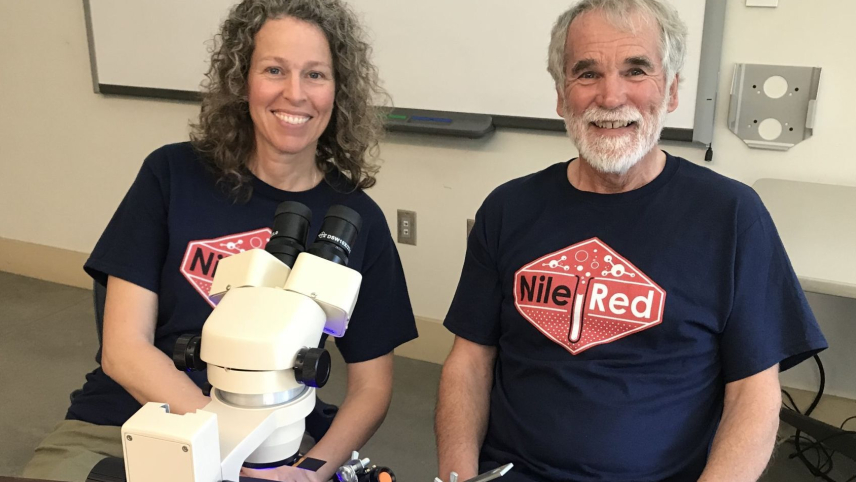
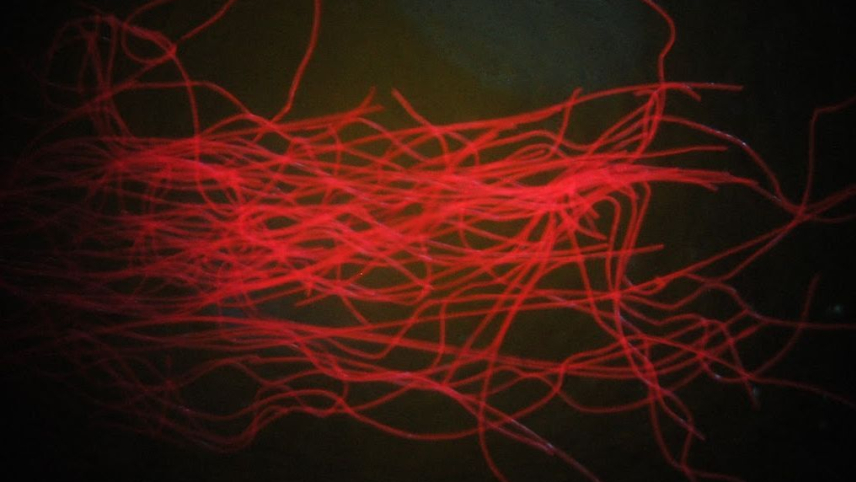
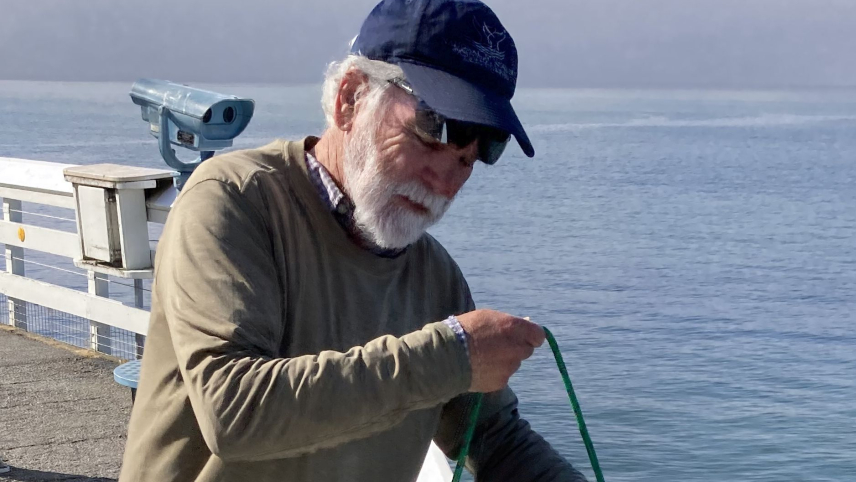
Marine mammal monitoring
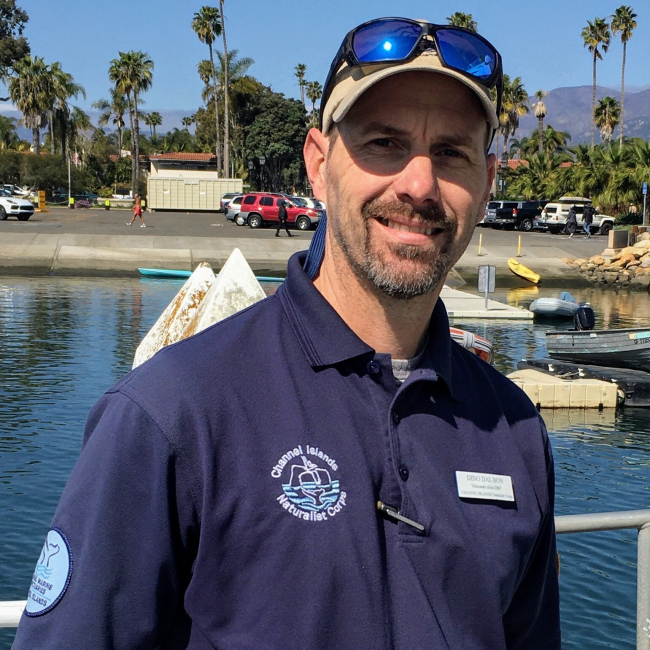
Volunteer: Dino Dal Bon
Dino Dal Bon participates in the Channel Island Naturalist Corps supporting Channel Islands National Marine Sanctuary's efforts to build citizen science capacity. Volunteers collect marine mammal sightings, which support NOAA and partners with efforts to prevent ship strikes and understand overall population and abundance of endangered baleen whales. This will be Dino’s 16th year as a volunteer within the sanctuary. Along with being a phenomenal volunteer with the project, Dino has also been able to fuel his passion for photography through his time at the Channel Island Naturalist Corps.
Why do you participate in this project?
This project interested me because it adds an additional layer to the volunteer duties the Channel Island Naturalist Corps volunteers can participate in. This encompasses two things I really enjoy, photography and the ability to help scientists gather data that can impact administrative decisions to help marine wildlife.
What has been the highlight of your work as a citizen scientist?
The highlight has been that the data we collected were used to effect change to protect wildlife. For the Santa Barbara Channel, data collected helped in shifting shipping lanes further north from where whales were actively feeding on a regular basis.
Has your participation affected you? How have you benefited from being involved?
My participation has allowed me to better understand the complexities involved in how agencies (at various levels of government) can work with business partners, environmental groups, scientists, and locals, to try to come up with a solution to benefit wildlife, while minimizing impacts to our needs. Plus, it’s just fun, and helps me be a better photographer.
